Your front yard is the first thing people see when they approach your home, yet many homeowners find it challenging to make this space feel inviting.
Common mistakes, like leaving the area too bare or lacking variety, can make a yard feel unwelcoming. Professional landscapers often spot these issues and know how small changes can have a big impact.
By addressing these common problems, you can transform your front yard and boost your home’s curb appeal in no time. With a little effort, your yard can go from dull to delightful, giving off the right first impression.
1. Lack Of Layered Plantings

Gardens without depth appear flat and uninteresting. Front yards need plants of various heights – ground covers, mid-sized shrubs, and taller specimens – to create visual interest.
Without these layers, your yard resembles a boring flat canvas. Try grouping plants in threes with different heights for instant dimension.
The magic happens when you mix textures too – combine feathery grasses with broad-leafed shrubs and flowering perennials for a yard that looks thoughtfully designed rather than hastily planted.
2. Missing Focal Point
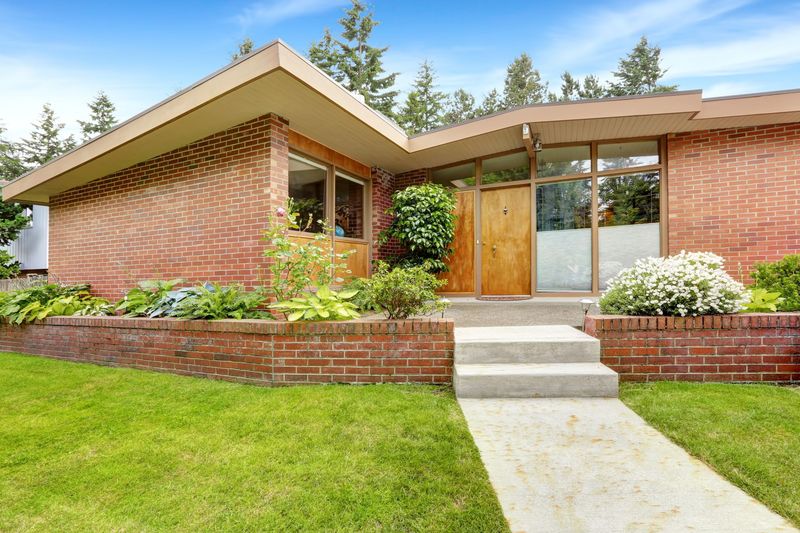
Every yard needs something that catches the eye! Without a focal point, visitors have nothing to admire when they glance at your property.
Maybe it’s an ornamental tree with interesting bark, a colorful garden statue, or a charming birdbath. Your focal point tells people where to look first and anchors the entire design.
If your yard feels like it’s missing something but you can’t figure out what, chances are you need that special something that makes guests go “wow!”
3. Naked Foundation Walls
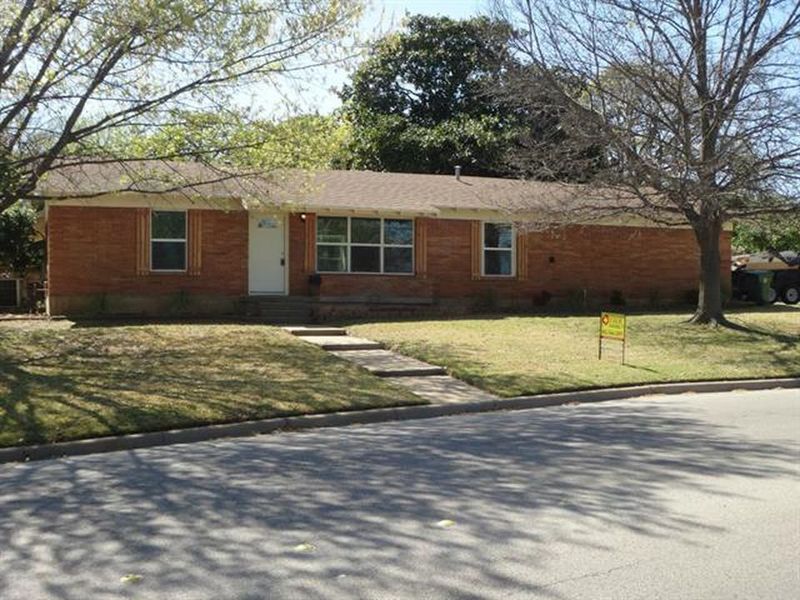
Those bare walls at the base of your house scream “unfinished business” to anyone passing by. Foundation plantings soften the harsh lines where your home meets the ground.
Without them, your house looks like it was just plopped down on the lot yesterday. Low-growing shrubs and perennials create a gentle transition between building and landscape.
They also hide unsightly foundation elements while making your home appear more settled and established in its environment.
4. Absence Of Seasonal Color
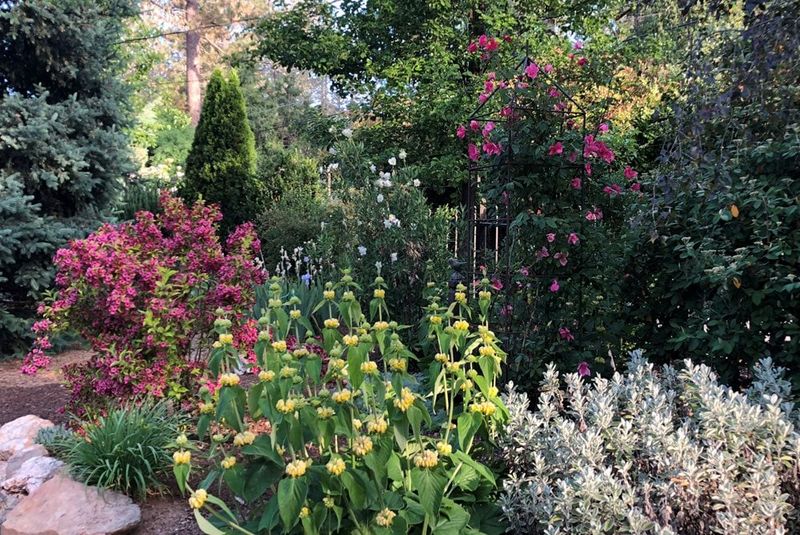
Yards that look the same all year round miss opportunities to showcase nature’s changing palette. Smart gardeners plan for continuous color throughout the seasons with spring bulbs, summer perennials, fall foliage, and winter berries.
Without this planning, your yard might look great for a few weeks but boring the rest of the year. Consider plants like witch hazel for winter blooms or ornamental grasses that look fantastic even in snowy months.
Color doesn’t always mean flowers – variegated leaves, bright stems, and textured bark count too!
5. Lonely Single Trees
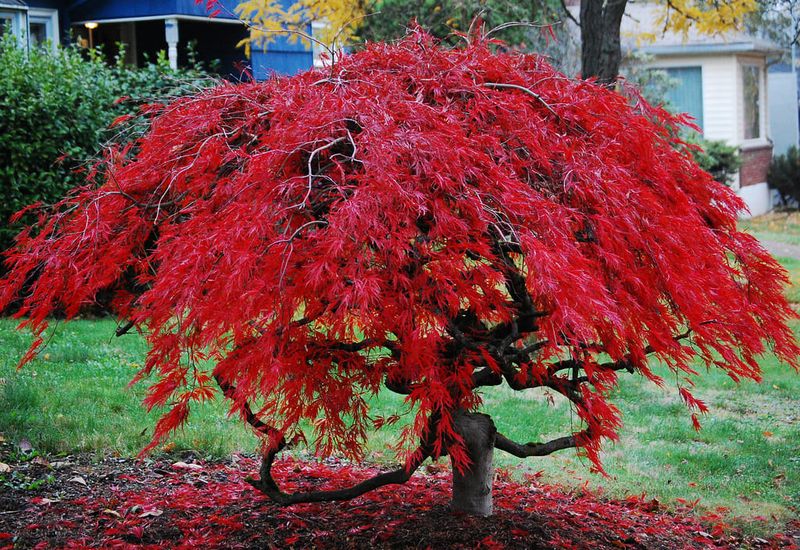
One solitary tree standing alone in a sea of grass looks lost and forlorn. Trees need friends too! Landscapers recommend creating planting beds around trees with complementary shrubs and perennials.
This approach creates an oasis rather than an island. The space beneath trees offers prime real estate for shade-loving plants that add texture and interest.
Plus, mulched beds around trees protect them from lawn mower damage and reduce competition from grass, helping your trees thrive while making your yard look more cohesive.
6. Forgetting About Walkways
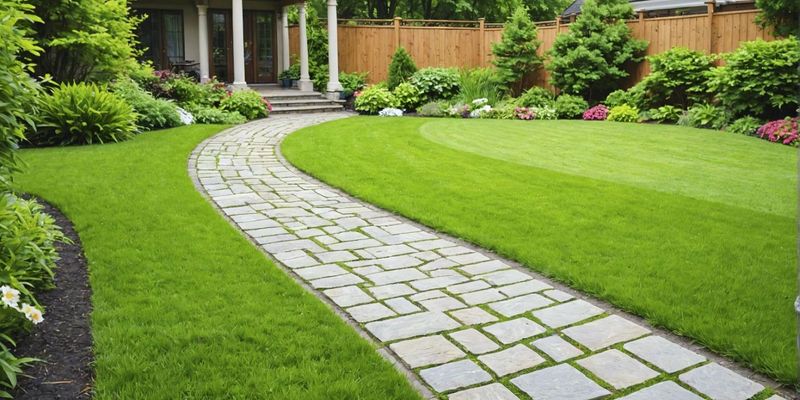
How do guests get from the street to your door? Many homeowners overlook the importance of defined pathways, leaving visitors to create their own routes across the lawn.
A proper walkway not only prevents worn grass paths but also guides the eye toward your home. Materials like flagstone, brick, or even simple gravel can define spaces and add character.
Curves work better than straight lines in most yards, creating a sense of journey and making the approach to your home feel more welcoming and intentional.
7. Zero Vertical Elements
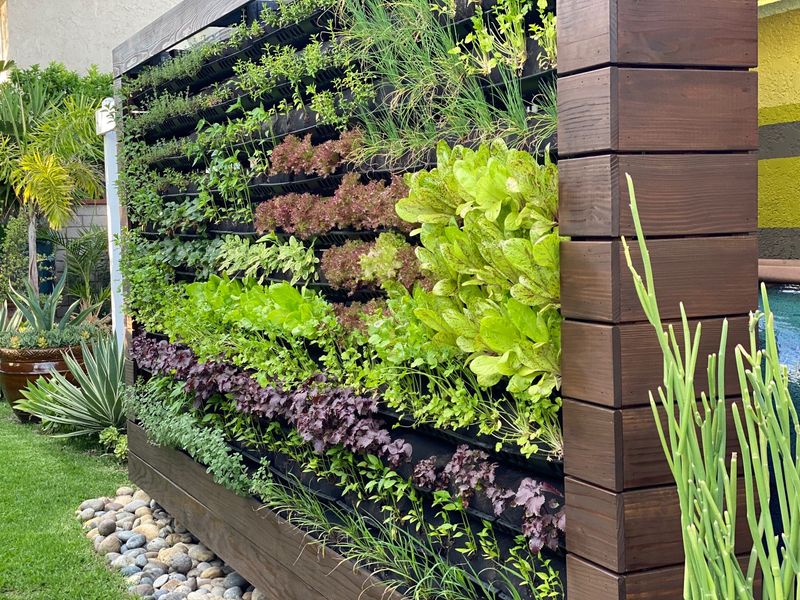
Flat yards feel two-dimensional and boring. Your outdoor space needs height variation to create visual interest and draw the eye upward.
Trellises, arbors, tall ornamental grasses, or small flowering trees add that crucial vertical dimension. These elements break up the monotony of horizontal space and make your yard feel more dynamic.
There’s something magical about looking up in a garden – it creates a sense of enclosure and intimacy that flat landscapes simply can’t achieve.
8. Ignoring The Mailbox Area
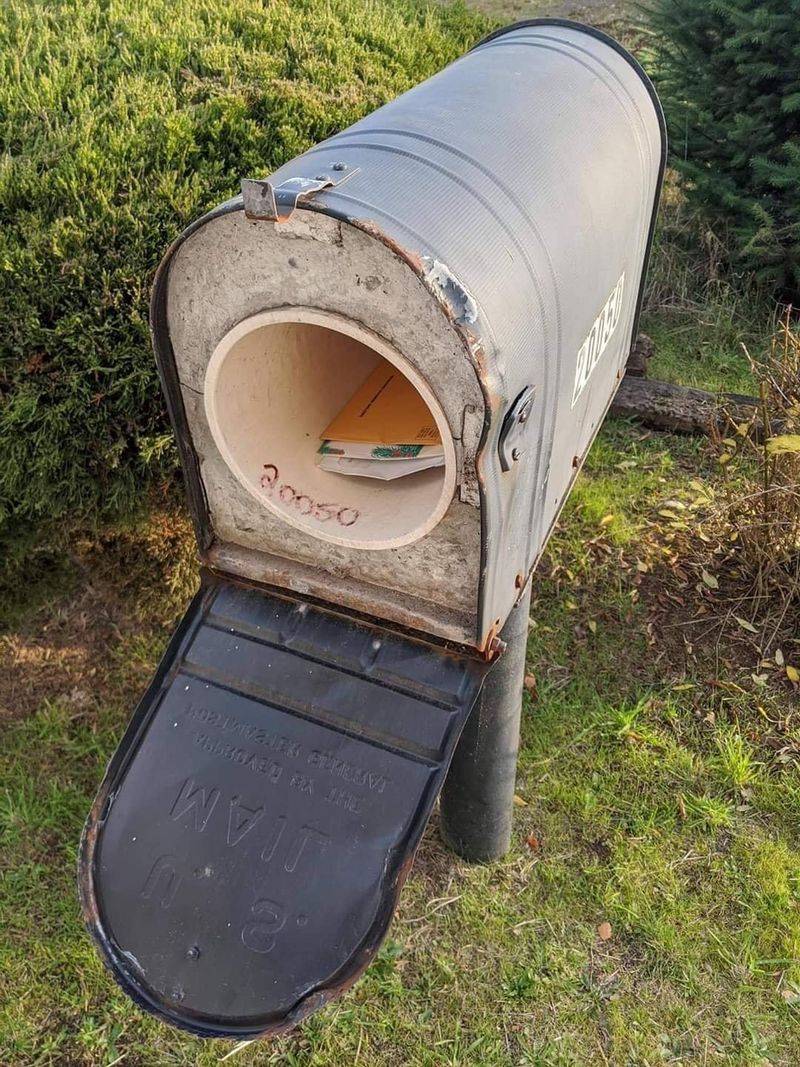
That lonely mailbox sitting by itself at the curb? It’s practically begging for some company! This often-forgotten spot offers a perfect opportunity to create a mini garden that welcomes visitors.
A small planting bed around your mailbox serves as a preview of your home’s style. Hardy perennials that can handle street conditions work best here.
Bonus points if you coordinate the mailbox itself with your home’s color scheme or architectural style for a cohesive look that shows attention to detail.
9. Overlooking Night Lighting
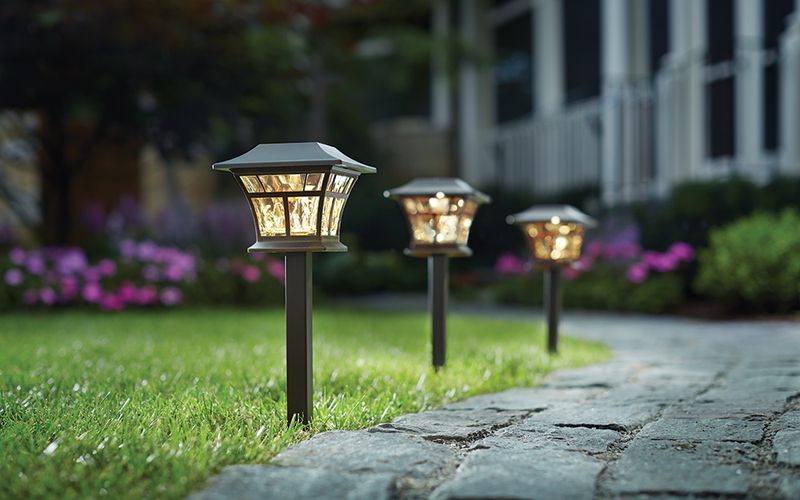
When the sun goes down, does your yard disappear into darkness? Without thoughtful lighting, your landscape loses all its charm after sunset.
Strategic lights along pathways ensure safety while highlighting special features creates drama and depth. Solar options make this easier than ever without complex wiring.
Low voltage lighting beneath trees creates magical shadows while illuminating your home’s architecture from below adds dimension that daytime simply can’t match.
10. Too Much Exposed Mulch

Those vast expanses of mulch with tiny plants dotted far apart scream “new landscape” to professionals. Proper plant spacing accounts for mature size, not just how they look the day you plant them.
While plants grow, fill temporary gaps with annual flowers for instant color. Mulch should eventually become nearly invisible as plants mature and fill in.
If your beds look like brown deserts with green islands, you’re probably spacing plants too far apart or not choosing enough varieties to create a lush, abundant look.
11. Missing Border Definition
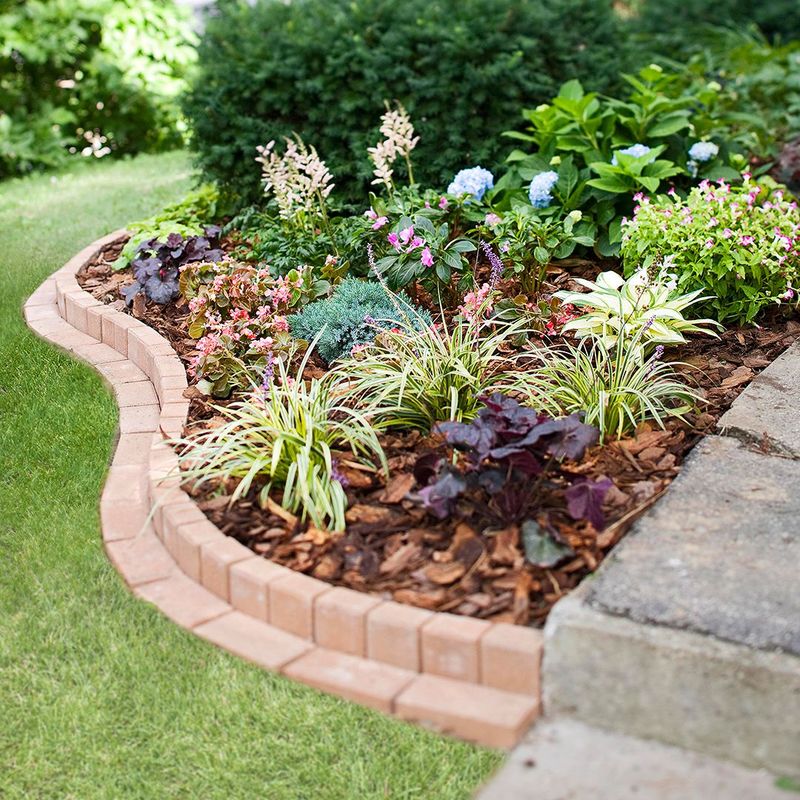
Where does your lawn end and your planting bed begin? Without clear borders, your yard looks unintentionally messy instead of artfully designed.
Clean edges created with steel edging, stones, or even a trench cut with a spade make a huge difference. These borders not only look professional but also prevent grass from invading your precious flower beds.
The contrast between manicured lawn and defined planting areas creates visual tension that makes both elements look better by comparison.
12. Forgetting Container Gardens
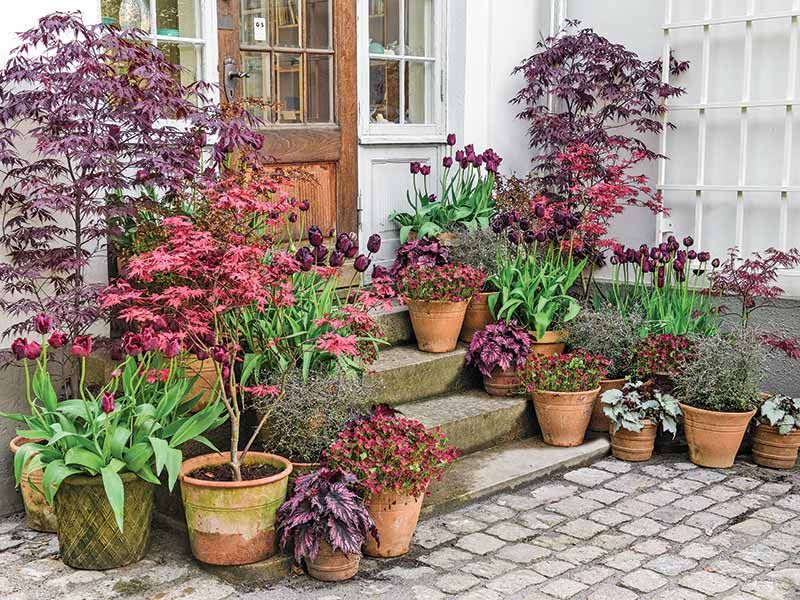
Empty porches and bare front steps waste prime decorating real estate! Containers filled with seasonal flowers and foliage plants add instant color where it matters most – right by your entrance.
Pots allow you to bring color to paved areas and can be changed seasonally for continuous interest. They’re also perfect for experimenting with plants that might not work in your garden soil.
Consider grouping containers in odd numbers with varying heights for maximum impact rather than just placing one lonely pot by the door.
13. Lack Of Hardscaping Elements
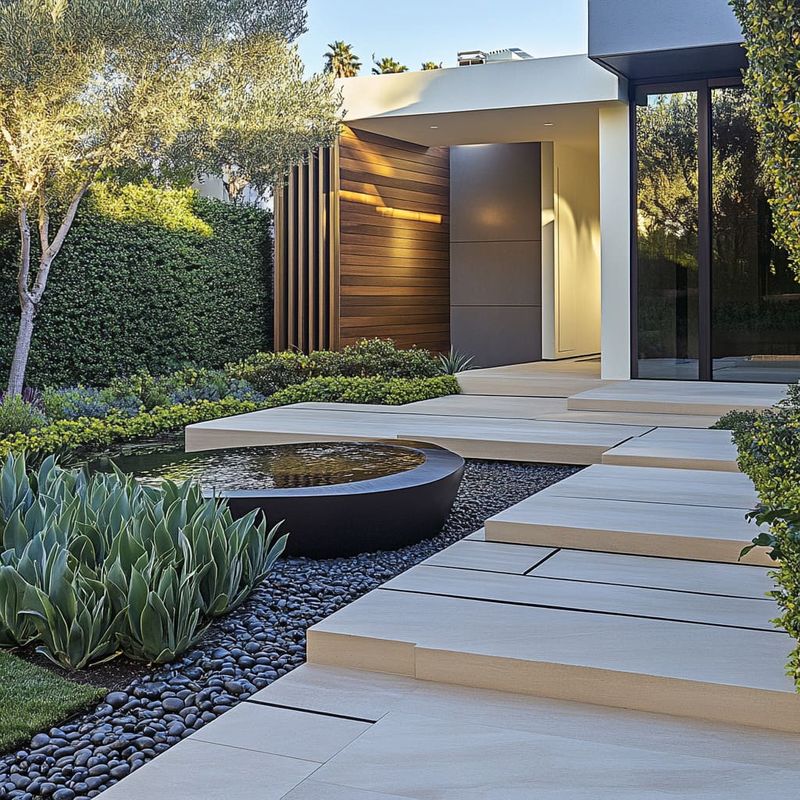
Plants alone can’t carry your entire landscape design. Every yard needs non-living elements like decorative rocks, garden art, or a bench to create balance and year-round structure.
These hardscape features provide visual anchors that remain constant while plants change with the seasons. A simple stone bench or birdbath can transform an ordinary plant grouping into a destination.
When winter arrives and perennials die back, these permanent elements maintain interest and keep your yard from looking barren.
14. No Consideration For Wildlife
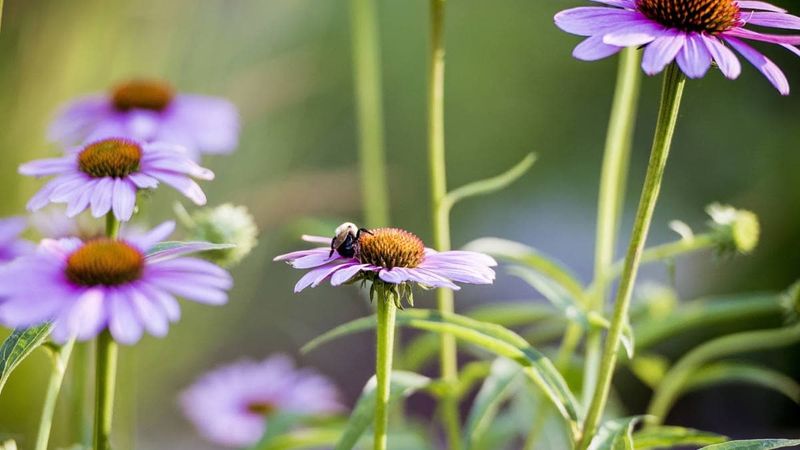
Yards without birds, butterflies, or bees feel strangely static and lifeless. Gardens should buzz with activity! Including native plants that attract pollinators brings movement and sound to your landscape.
Bird feeders, small water features, or butterfly-friendly flowers create habitat that makes your yard feel connected to the larger ecosystem. Watching a hummingbird visit your flowers adds magic no plant catalog can promise.
Plus, creating wildlife habitat shows visitors you care about more than just appearances.
15. Failing To Address The Corner Lot

Corner properties have unique challenges with two street-facing sides to consider. Many homeowners focus only on the front door side, leaving the corner looking bare and neglected.
This secondary frontage needs just as much attention as your main approach. Consider creating a special vignette visible from the intersection with a specimen tree or artistic element.
Corner lots offer twice the opportunity to make a statement, so use that extra visibility to your advantage rather than seeing it as a burden.
16. Grass Right Up To The Street
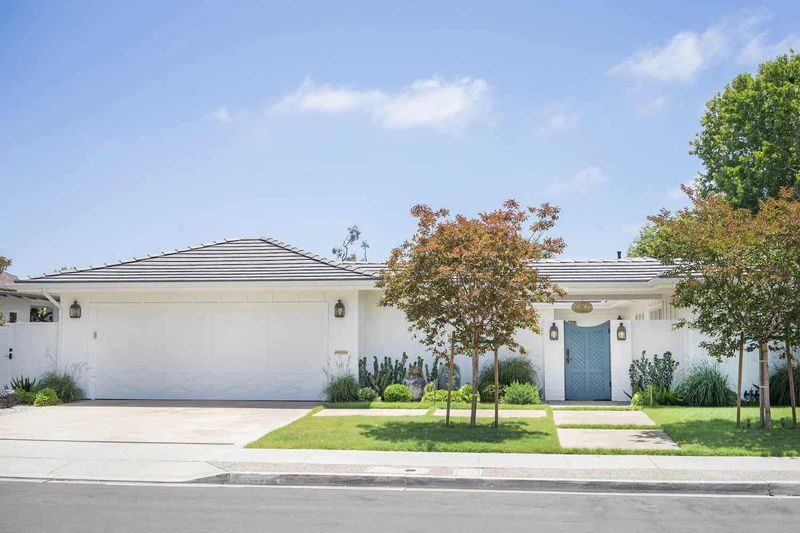
Lawns that extend all the way to the curb miss an opportunity to create a buffer zone between public and private space. That strip between sidewalk and street (often called a hell strip or parking strip) deserves attention too!
Low-maintenance perennials, ornamental grasses, or even a rain garden can transform this forgotten area. Plants here act as a visual transition that draws the eye from street to home.
Bonus: reducing lawn in this hard-to-mow area saves time and resources while adding character.
17. Forgetting Four-Season Structure
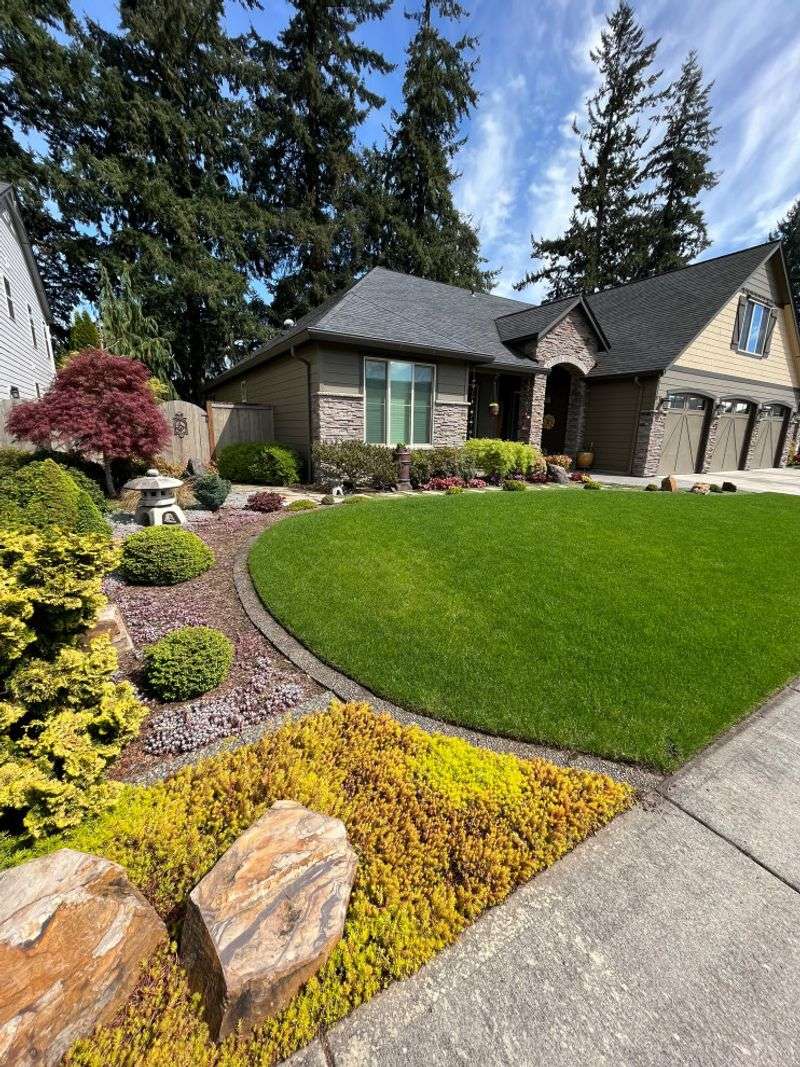
When winter strips away the flowers and leaves, does your yard still have bones? Gardens need permanent structural elements that look good even in the dormant season.
Evergreens, ornamental trees with interesting bark, and shrubs with distinctive shapes provide this crucial framework. Without these year-round players, your winter landscape resembles a sad, empty stage after all the actors have gone home.
A good rule: at least 30% of your plants should offer winter interest through form, bark, berries, or evergreen foliage.
18. Symmetry Without Substance
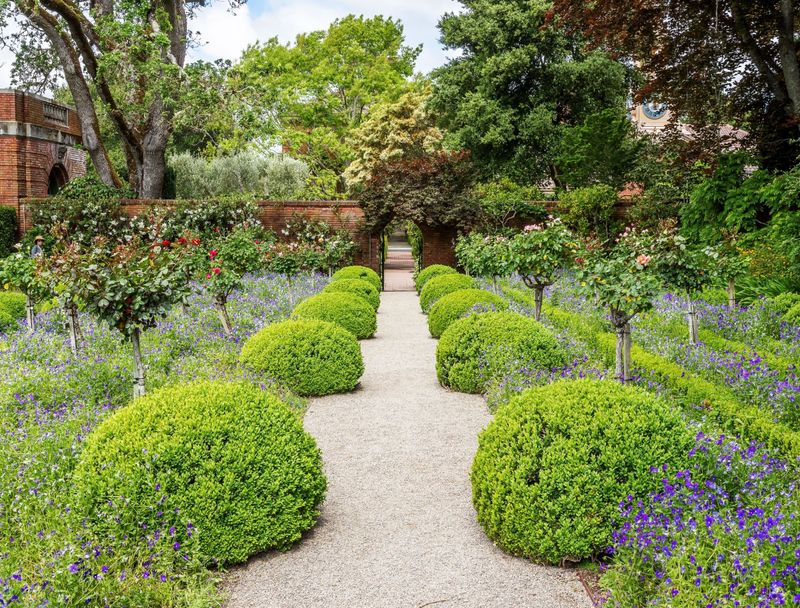
Matching plants on either side of your walkway looks great in theory but falls flat when there’s nothing else going on. Formal symmetry needs rich plantings to avoid looking sparse and boring.
If you love that balanced look, make sure each side has enough plant variety and density to feel complete. Otherwise, you end up with what designers call “lollipop landscaping” – a few lonely specimens that emphasize emptiness rather than hiding it.
Good symmetry feels intentional and abundant, not like you ran out of plants halfway through your project.
19. Ignoring Your Home’s Architecture

Cottage gardens look charming with Victorian homes but odd paired with mid-century modern architecture. Many yards feel empty because the landscape style doesn’t match the house it surrounds.
Your home offers clues about what landscape will look most appropriate – angular modernist homes often pair well with structured, geometric plantings. Meanwhile, traditional homes usually shine with more classical landscape approaches.
When house and garden speak the same design language, the result feels harmonious rather than disconnected.

